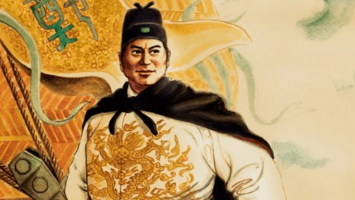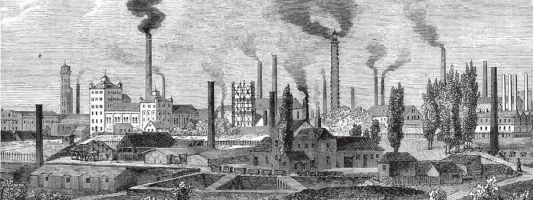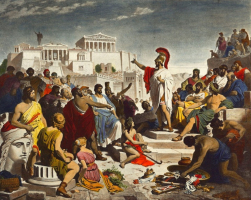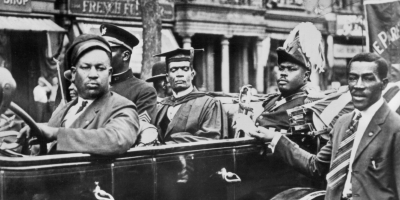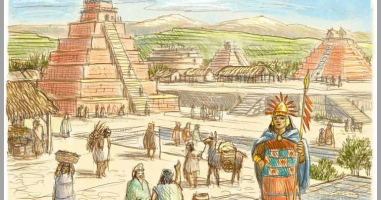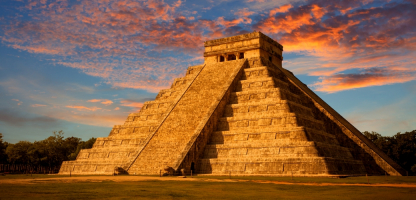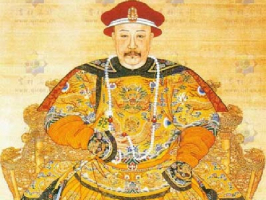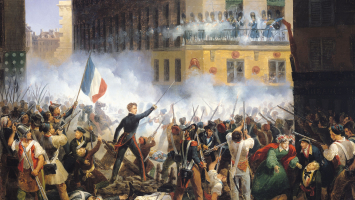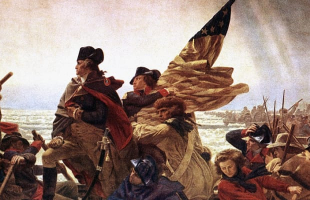Top 5 Interesting Facts About The Columbian Exchange
After Christopher Columbus landed in the New World in 1492, historian Alfred Crosby invented the phrase "Columbian Exchange" to describe the enormous exchange ... read more...of animals, plants, human populations, illnesses, technology, and ideas that happened between Afro-Eurasia and the Americas. Here are five interesting facts about the Columbian Exchange and how it has influenced our lives.
-
Before the Columbian Exchange, Florida had no oranges, Ecuador had no bananas, Italy had no tomatoes, Colombia had no coffee, Hawaii had no pineapples, Texas had no cattle, India had no chili peppers, France had no cigarettes, Switzerland had no chocolate, and Ireland had no potatoes. Many plants and animals were brought to the Old and New Worlds as a result of the Columbian Exchange. Potato, tomato, maize, cocoa, and tobacco were all brought to the Old World. Rice, wheat, apples, bananas, and coffee are among the crops imported to the New World.
Unlike plants, which had a significant impact on other regions of the planet, American animals had very little impact. The turkey was one tamed animal that had considerably more impact. The only notable New World domesticated animals imported to the Old World are the turkey and the llama. Meanwhile, many animals were brought to the New World from the Old World such as horses, cows, chickens, donkeys, and pigs. These animals, particularly pigs, which multiply fast, increased the food supply in the Americas. Oxen also assisted in the cultivation of greater land. The New World rarely suffered from starvation since there was plenty of meat and enormous amounts of land for cultivation and pasture. Before the arrival of the horse in the Americas, the majority of tribes relied on llamas to transport their products. Native Americans were able to hunt on horseback and live a more nomadic lifestyle as a result of the horse. The horse transformed Native American existence by allowing tribes to hunt buffalo and bison more efficiently.
The abundance of food was the fundamental cause of the enormous influx of Europeans to the Americas. Without the Columbian Exchange, activities like cattle ranching and coffee production would be impossible. This is one of the interesting facts about the Columbian Exchange.
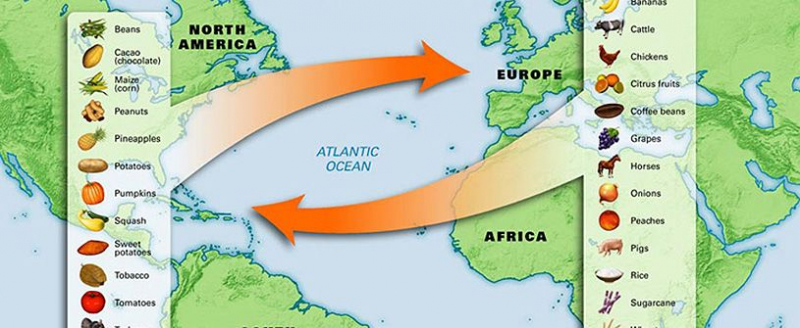
savoryspiceshop.com Video: https://youtu.be/nv20dHF9ZNA -
One of the interesting facts about the Columbian Exchange is the spread of diseases from the Old World to the New World. Almost all illnesses which were brought from Europe to the Americas were spread through air and contact. Smallpox, measles, diphtheria, whooping cough, chicken pox, bubonic plague, scarlet fever, and influenza were among the devastating illnesses brought from the Old World to the New. Many people died from measles, but smallpox was the most lethal. The smallpox outbreaks killed more Native Americans than any other conflict, considerably outnumbering the 200 million individuals who died in Europe during the Black Death. Venereal Syphilis was a well-known illness that was spread from the Americas to Afro-Eurasia, and it affected many renowned historical personalities.
Even though it is impossible to say how many Native Americans perished as a result of European contact, it is estimated that 80-95 percent died in the 150 years after Columbus' arrival. In the worst-affected areas, the indigenous population was wiped out completely. Though European harshness had a role, sickness was the principal cause. Many individuals developed immunity to diseases because they were endemic in Europe and Asia for millennia, but when those diseases were introduced to the Americas, the local people had no natural immunity to them and died quickly once infected with an illness.
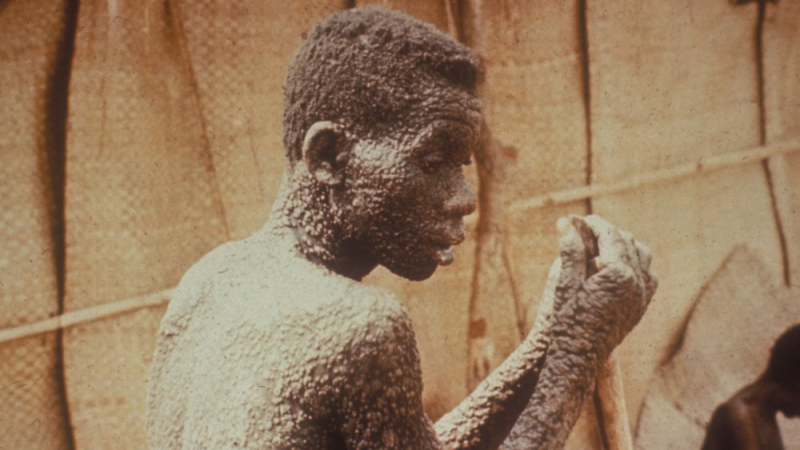
grunge.com Video: https://youtu.be/5FpPpn086eI -
While animals and illnesses introduced to the New World altered the New World, plants from the Americas had a significant influence on the Old World. The arrival of New World crops impacted the lives of millions of people in Africa, Europe, and Asia dramatically. Because the foods from the Americas were significantly more calorie-dense than those from the Old World, it probably resulted in the world's most rapid population growth. The world's population nearly doubled between 1650 and 1850.
Europeans' diets became increasingly reliant on foods native to the Americas throughout time. Potatoes and corn were important food supplies for Europeans, allowing their populations to grow rapidly. Foods supplied nourishment and aided in the longevity of humans. Scholars believe that one-third of all food crops cultivated throughout the world originate in the United States. New crops from the Americas were introduced to Europe, Africa, and Asia, resulting in population expansion.
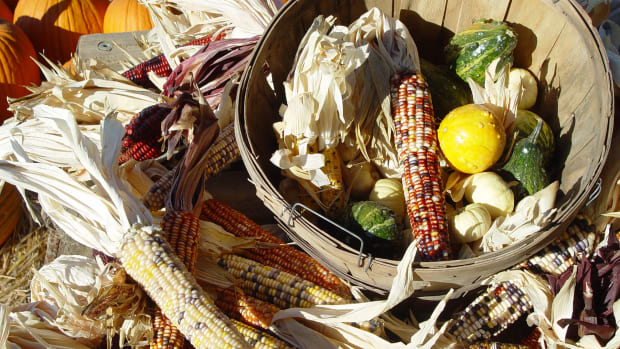
history.com 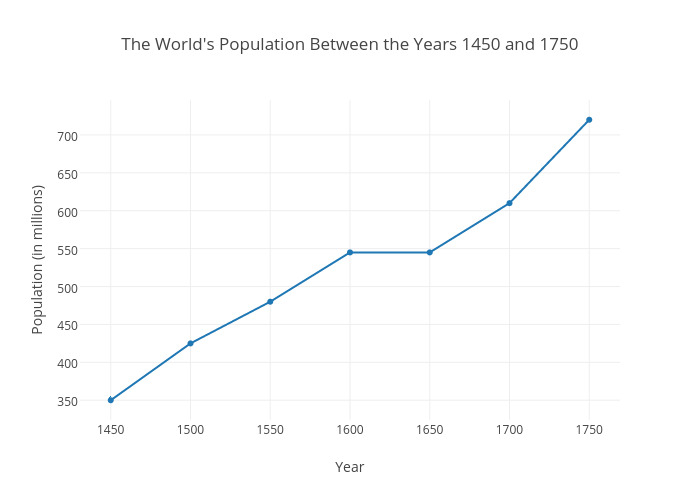
chart-studio.plotly.com -
Plants native to the New World, such as potatoes and maize, may thrive on soils unfit for Old World crops. China and India are the world's leading potato growers and consumers. More than half a billion people in the developing world eat cassava, which has more calories than any other plant on the planet. In China, sweet potatoes, another New World crop, are a staple food for the impoverished.
Potatoes became so popular in Ireland that the typical Irish laborer ate 10 pounds of potatoes per day, and the Irish population nearly quadrupled between 1754 and 1845 by surviving only on potatoes. Moreover, a third of the island's inhabitants relied primarily on potatoes and when a potato disease called Potato Blight decimated potato harvests across Europe in the 1840s, it resulted in the Great Famine, which saw Ireland's population drop by almost 20%. A million people died as a result of the Irish Potato Famine, and another million fled from Ireland.
Following the Columbian Exchange, the world's population became more genetically and ethnically integrated, and fewer people went hungry. However, the diversity of species on Earth has significantly decreased, and growing crops where they do not belong has harmed the ecology. In the previous 400 years, man and "the plants and animals that man brings with them have caused the extinction of more kinds of living forms than the regular processes of evolution could kill out in a million". Christopher Columbus unified the world's ecological landscape, resulting in several irreversible changes.
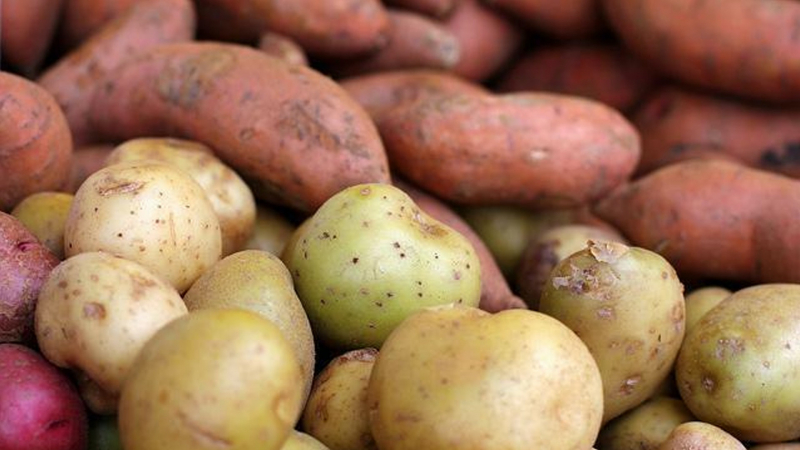
totalwomenscycling.com 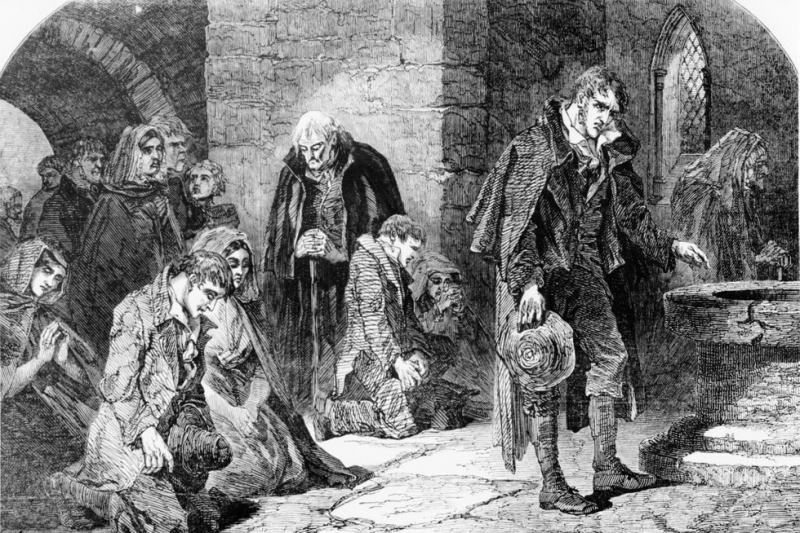
historyextra.com -
It can be considered that the Atlantic Slave Trade is one of the interesting facts about the Columbian Exchange. The Columbian Exchange allowed commodities crops, goods, and other items to be produced in the Americas and sold in Europe. The Atlantic Slave Trade resulted in many Africans being brought to the New World as slaves to do skilled and unskilled work. The majority of these slaves were sold to Europeans by Africans, not captured as is commonly assumed. Between 1500 and 1880, over 12 million African slaves were forcibly transported to the Americas. Because of the harsh conditions, roughly 15% of them perished on the trek. Slaves were treated like commodities, overworked, and their children became the legal property of their masters.
Besides, because of the devastating diseases, the native American population dramatically decreased. Meanwhile, Europeans need labor to cultivate new crops in the Americas, but there aren’t many natives left. Therefore, Europeans look to Africa and begin to import African slaves to the Americas. Since African slaves had already developed immunity to European diseases, the colonists began to ship thousands of slaves from Africa to the Americas.
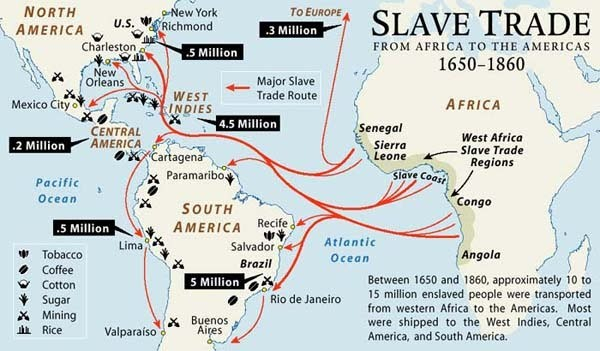
worldhistory1yonsei.wordpress.com Video: https://youtu.be/oCqMjSKxPHM







